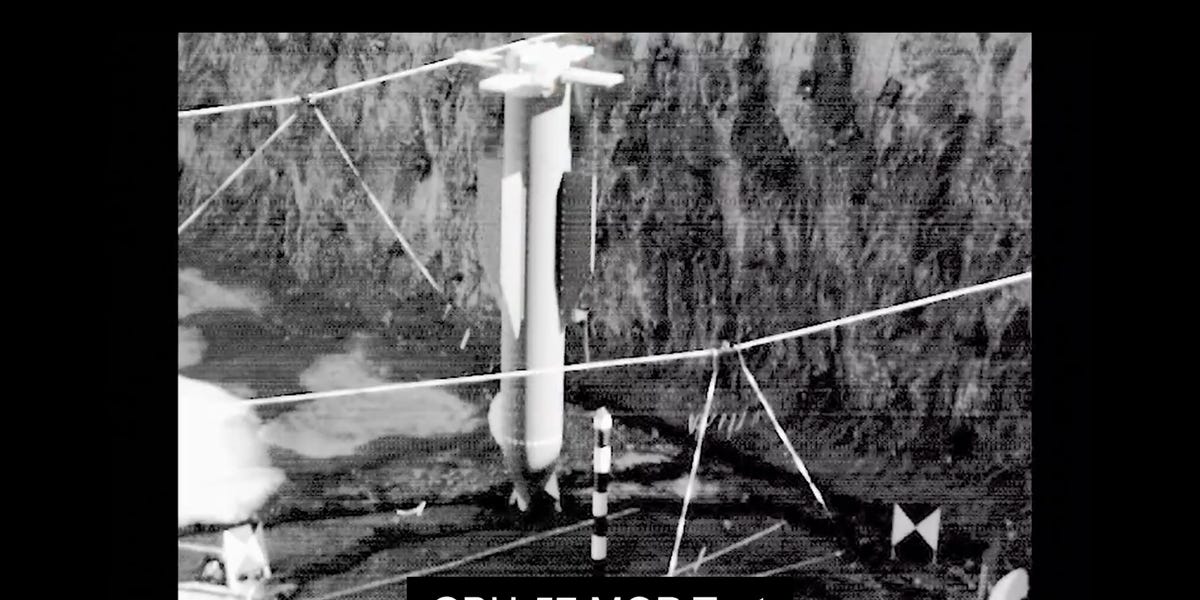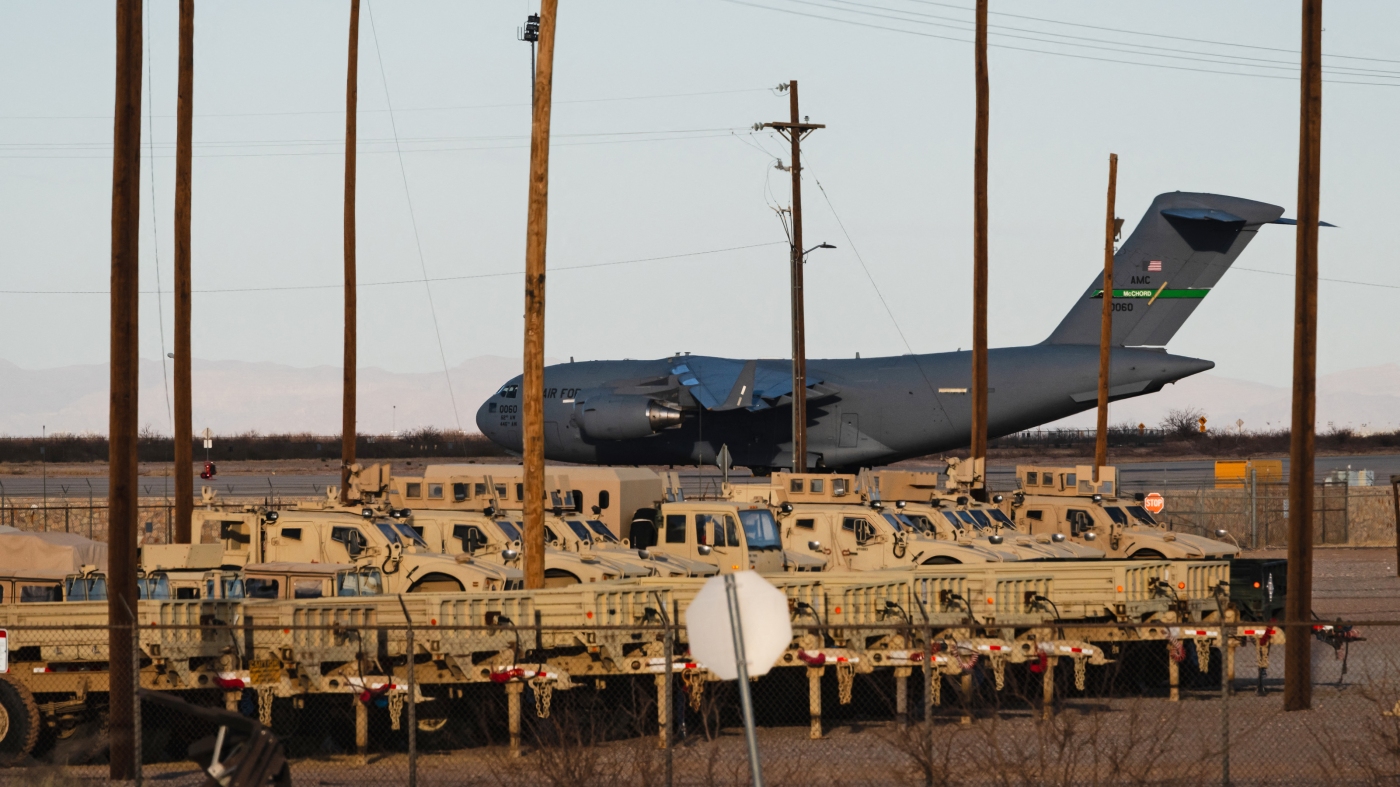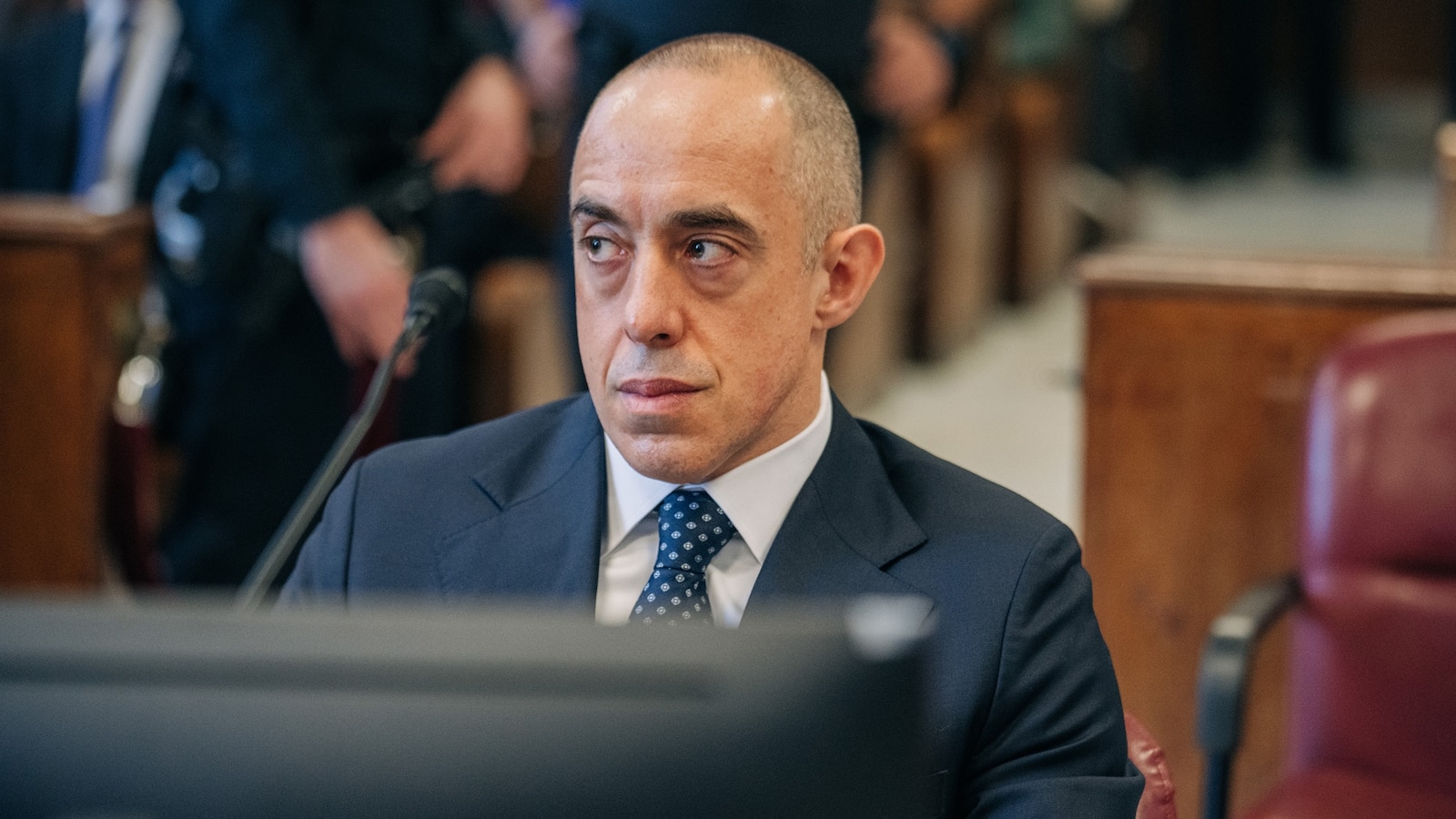US Military Unveils Strategy Behind Iran Nuclear Site Strikes

WASHINGTON, D.C. – In a significant military revelation, the top US general has disclosed the intricate planning and execution behind recent airstrikes on Iran’s fortified nuclear sites, marking a pivotal moment in the ongoing geopolitical tensions.
Breaking: US Deploys Massive Bunker-Buster Bombs
General Dan Caine, Chairman of the Joint Chiefs of Staff, unveiled details of the operation during a press briefing at the Pentagon. Over the weekend, US Air Force B-2 Spirit bombers deployed the 30,000-pound GBU-57 Massive Ordnance Penetrator (MOP) bombs on Iran’s nuclear facilities, a move years in the making.
Immediate Impact
The strikes targeted the Fordow and Natanz enrichment sites as part of Operation Midnight Hammer. This operation, shrouded in secrecy, involved the deployment of 14 MOPs, with a dozen hitting Fordow and two striking Natanz. The mission underscores the US military’s capability to neutralize deeply buried targets.
Key Details Emerge
General Caine detailed the extensive development of the MOP, a project that began in 2009 when the Defense Threat Reduction Agency (DTRA) first identified the need to penetrate Iran’s fortified sites. The bomb, developed in collaboration with defense giants like Boeing and Northrop Grumman, became operational in 2010.
14 MOPs deployed during the operation, demonstrating advanced military precision and strategy.
The GBU-57 is designed to penetrate up to 200 feet into hardened facilities, a capability unique to the B-2 bomber, which carries the weapon internally to maintain stealth.
Industry Response
The defense industry has been instrumental in developing the MOP, with numerous tests conducted on realistic targets to ensure effectiveness. The bomb’s design includes steel, explosives, and a programmable fuse for precise detonation inside targets like Fordow.
By the Numbers
- 20.5 feet – Length of the MOP
- 6,000 pounds – Weight of the warhead
- 200 feet – Penetration capability
- 1,000 feet per second – Speed of impact
What Comes Next
The Trump administration has hailed the strikes as a major success, claiming a significant setback to Iran’s nuclear ambitions. However, early intelligence reports suggest the damage may only delay Iran’s program by months, not years.
Expert Analysis
Rafael Grossi, head of the United Nations nuclear watchdog, confirmed substantial damage to Iran’s facilities but cautioned against using the term “annihilation.” The whereabouts of Tehran’s enriched uranium stockpile remain uncertain, raising questions about Iran’s future capabilities.
“The primary kill mechanism was a mixture of blast and overpressure, effectively neutralizing critical infrastructure,” General Caine stated.
Background Context
The development of the MOP was prompted by the need to address threats posed by deeply buried nuclear sites. The DTRA’s role in identifying and developing countermeasures against such threats highlights the strategic importance of the agency’s work.
Regional Implications
Israel’s Atomic Energy Commission echoed the US assessment, suggesting a significant impact on Iran’s nuclear timeline. However, some analysts remain skeptical, noting Iran’s potential to rebuild and resume enrichment activities swiftly.
Satellite imagery from June 22, 2025, revealed the extent of the damage at Fordow, confirming the effectiveness of the strikes.
Timeline of Events
- 2009 – DTRA identifies Fordow as a critical threat
- 2010 – MOP becomes part of the Air Force’s Quick Reaction Capability Program
- 2025 – Operation Midnight Hammer executed
As the international community monitors the situation, the US continues to assess the long-term implications of the strikes. The operation represents a significant development in the ongoing efforts to curb Iran’s nuclear capabilities.






